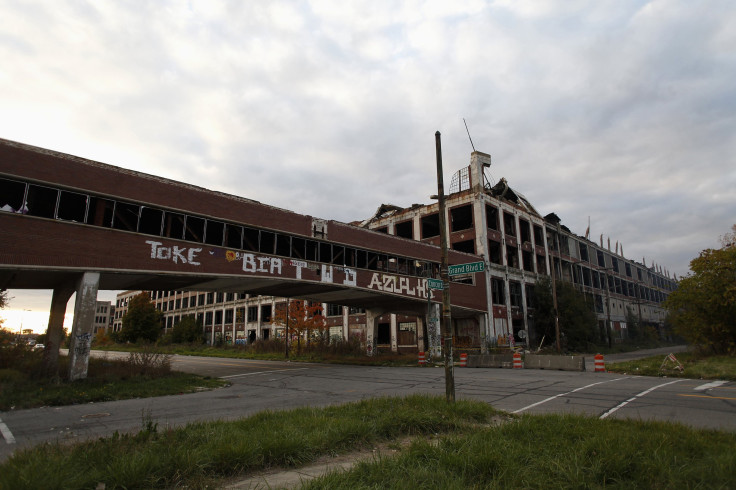Detroit Plan To Raze Blight Would Cost Over A Billion And Create Just 430 Jobs

Detroit’s plan to raze tens of thousands of neglected buildings across its deteriorating city landscape is an ambitious effort -- one that would cost roughly $1.3 billion to $1.8 billion over the next five years.
But the plan would create only about 430 new direct jobs, a number that will have little impact in a city where the unemployment rate hovers around 14.5 percent, one of the highest in the country.
The job figure comes from the Detroit Blight Removal Task Force, an Obama administration-initiated task force that spent nine months putting together a plan for removing the city's blight. The group, led by Detroit businessman and Rock Ventures LLC Chairman Dan Gilbert, Detroit Public Schools Foundation President Glenda Price and U-Snap-Bac Director Linda Smith, released a detailed report of its findings on Tuesday.
The 430 number includes general laborers who will be hired for the demolition, deconstruction and recycling of about 72,000 residential and commercial structures within five years. The Detroit Mayor's office has yet to set wages. Volunteers would be used for things like clearing and maintaining about 10,000 vacant lots.
It not yet clear who would be eligible for the jobs, but Detroit residents can apply for employment opportunities associated with blight removal through the Detroit Employment Solutions Corporation, or DESC.
The economic downturn led to a devastating population flight from Detroit. The city's population, once 1.8 million, has fallen to just over 700,000.
The result is a city peppered with dilapidated buildings and deserted lots. Clearing the blight is seen as a necessary first step toward any future urban renewal.
It is now up to city, state and federal officials to adopt the report’s suggestions for blight removal.
“Blight is a cancer,” the task force says in their report. “It is our strong belief that unless and until we eradicate the malignant disease of blight from our city, it will be near impossible to make significant progress in those areas or on any other serious issue that faces our home town.”
© Copyright IBTimes 2024. All rights reserved.












